You might just think of Aloe vera as your go-to cure for sunburns, but the powerful compounds in this plant offer so much more.
For thousands of years, people around the world have turned to the Aloe plant for its medicinal properties. Modern scientific research has shed light on many of these pieces of ancient wisdom. How can Aloe vera improve your health? Let’s dive into the most important uses and benefits.
A Long History of Medicinal Use
Aloe vera is a cactus plant belonging to the Liliaceae family. Although the plant is now widely-grown and used all over the world, it’s native to tropical and southern Africa, the Middle East, and various islands in the Indian Ocean. Aloe vera is a succulent plant, which means it’s adapted to thrive in warm climates without much rain because its leaves can store so much water (1). [tweet_quote] Aloe is a succulent plant often used for its gel and latex fluid.[/tweet_quote]
People have been using Aloe vera for its medicinal properties for thousands of years. They still are today; it’s actually one of the most popular medicinal plants used around the world. You’ll find it in everything from cosmetics and health drinks to medicine and foods. Today, Aloe is a multi-billion dollar industry (2).
Two parts of the Aloe plant leaf are commonly used:
- Aloe gel: this is the slimy, jelly-like substance found in the inner portion of the Aloe leaves. Think of the bottle of green stuff you might reach for after a sunburn.
- Aloe latex: this is a sap-like fluid that comes from just under the plant’s skin. It’s yellowish in color.
Many Aloe products are either one or the other, but some use crushed whole Aloe leaves and contain both the gel and the latex.
Aloe Vera Compounds, Uses and Benefits
People have been using Aloe vera for thousands of years, and with good reason.
Although Aloe vera leaves consist of almost entirely (about 99 percent) water, the tiny part that doesn’t contains around 75 active compounds. Here’s a quick rundown of some of the most important ingredients from a comprehensive scientific review (3).
- Vitamins. Aloe contains vitamins A, B12, C, and E, creating a powerful antioxidant effect.
- Enzymes. Aloe contains eight enzymes, including bradykinase, which reduce inflammation and help break down sugars and fats (4).
- Minerals. Aloe contains calcium, chromium, copper, selenium, magnesium, manganese, potassium, sodium, and zinc.
- Fatty acids. Aloe contains four plant steroids with anti-inflammatory, as well as antiseptic, properties.
- Anthraquinones. These are phenolic compounds with laxative, pain-relieving, and antimicrobial effects.
- Hormones. Auxins and gibberellins are important to heal burn wounds and offer an anti-inflammatory effect.
- Others. Aloe contains 20 different amino acids, including seven of the eight essential amino acids.
As you’ll see below, these compounds work together to affect your health in incredible ways. Here’s how:
1. Antioxidant Effects
Oxidative damage is a culprit behind accelerated aging and many modern health conditions (5). Fortunately, Aloe vera gel is packed with polyphenols, which create an antioxidant effect and protect your cells against free radical damage.
[tweet_quote]It’s not just for sunburns: Aloe gel can also be used on the skin to prevent aging.[/tweet_quote]
Researchers analyzed the different compounds found in Aloe vera gel. They urged additional studies to be done, but concluded that these powerful antioxidants could help alleviate or even prevent symptoms of conditions caused by oxidative stress, including heart disease, neurodegeneration, and diabetes (6).
2. Heals Burns
After a long day at the beach, nothing eases a painful sunburn like Aloe gel. You’re probably already familiar with that cool, soothing sensation; treating burns like this is probably the most common use of Aloe!
No, that’s not a placebo effect you’re feeling. Multiple studies have found that Aloe vera gel actually speeds up how fast burns heal, with some discovering that it works even faster than conventional medical treatments (7, 8).
Aloe vera compounds don’t just help your burns heal faster, either. They also create an anti-inflammatory effect, which lessens pain and decreases blood flow to the damaged tissues (9). Its antimicrobial compounds also help keep burns from becoming infected.
3. Treats Certain Skin Conditions
Treating burns is the most popular way to use Aloe on the skin, but it’s far from the only one. Aloe has also been used to treat rashes and other skin conditions like psoriasis, dermatitis, and acne.
In a 1996 study, researchers divided chronic psoriasis patients into two groups. The first group received a placebo cream, and the second received Aloe vera cream. The cure rate in the Aloe group was an astonishing 83 percent, compared to only seven percent in the placebo group. Best of all, the researchers reported zero relapses after 12 months of follow-up (10). [tweet_quote]Aloe has been proven to treat psoriasis and other chronic skin conditions.[/tweet_quote]
Although Aloe vera has long been thought to cure radiation-induced dermatitis, multiple studies have found it no more effective than placebo gels or standard soap and water treatments (11).
The effects on acne are more promising. A study published in the Journal of Dermatological Treatment found that combining Aloe vera gel with tretinoin cream (which is considered a “first-line therapy” in acne treatment) effectively treated acne lesions – with fewer side effects than the tretinoin cream alone (12). Applying the Aloe topically in gel form seems to be key. In another study, researchers gave some acne patients Aloe juice for one month and found that they ended up with fewer lesions than the control group, but the difference wasn’t statistically significant (13).
4. Lowers Blood Sugar in Diabetics
Regular consumption of aloe (both in capsules and juice form) has been shown to lower blood sugar levels among people with type 2 diabetes.
A 2012 study published in the journal Planta Medica gave diabetic patients 300 milligrams of Aloe vera extract (capsules) every 12 hours. Within a few months, these patients significantly lowered their fasting blood glucose, HbA1c (a key long-term marker of blood sugar levels), and LDL cholesterol without any adverse effects (14).
Scientists have been exploring these connections for a while now. A 1996 study gave diabetics one tablespoon of Aloe vera juice twice daily. In two weeks, these people had their blood sugar and triglyceride levels drop, though their cholesterol levels remained the same (15).
How does it work? The Aloe plant contains compounds like acemannan, hydrophilic fiber, glucomannan, and phytosterol, which reduce blood glucose and increase insulin sensitivity (16).
5. Prevents Cavities, Mouth Ulcers, and Promotes Oral Health
Aloe vera can also keep your mouth healthy, thanks to its antibacterial effects. Numerous studies have found that Aloe eliminates the buildup of plaque, reduces bleeding, inflammation and swelling of the gums, and is useful in treatment of gum diseases like gingivitis and periodontitis (17, 18).
Aloe can also help ulcers (canker sores) heal faster and ease the pain while they do. Applying either gel or a patch does the trick (19, 20). [tweet_quote]Got canker sores or cavities? Aloe can help kill those annoying oral bacteria.[/tweet_quote]
The secret that makes Aloe vera so effective at fighting these diseases: its ability to kill bacteria that cause cavities and other oral health problems (21). One study compared an Aloe tooth gel with two popular commercial toothpastes and found that the Aloe was just as effective (sometimes even more effective) than the commercial brands at inhibiting cavity-causing organisms (22). Anthraquinones (Aloe compounds) are anti-inflammatory and less harsh than commercial toothpastes. That makes Aloe gel a good choice if you have sensitive gums or teeth.
6. Creates an Anti-Aging Effect on Skin
Aloe’s extremely high water content (it’s around 99 percent water) and nutrients make it a great choice to moisturize your skin and maintain a youthful look.
A study published in the Annals of Dermatology gave women 45 and older Aloe vera gel for 90 days and tracked the results. The researchers found that Aloe improved the wrinkles and elasticity of photoaged (sun-aged) skin, as well as increased collagen production (23). A little bit seems to go a long way; women given more Aloe gel didn’t experience better results than women given a lower dose.
Dr. Deepali Bhardwaj, a dermatologist, attributes this to Aloe vera‘s high vitamin C, E, and beta carotene content (24). It’s able to moisturize the skin without making it greasy, so it’s a nice choice if you’re worried about oily skin.
7. Relieves Constipation
People around the world have used Aloe vera to treat constipation for many years.
The anthraquinone compounds found in Aloe latex create a powerful laxative effect (25). One study found that aloin (a compound found in Aloe vera) was responsible for the laxative effect (26). Another study of people suffering from chronic constipation found that combining Aloe with other laxatives increased bowel movement frequency, consistency of stools, and other constipation indicators (27).
Unfortunately, the U.S. FDA no longer recognizes Aloe latex as an over-the-counter laxative drug because the companies that manufactured them didn’t provide enough safety data (28). But don’t be surprised if you find yourself rushing for the bathroom after drinking some Aloe vera juice or swallowing some capsules!
Which Form of Aloe Should You Take?
Aloe gel has been around (and a staple in beach bags) for a long time. More recently, health brands are finding ways to incorporate the plant extract in capsule form, selling it as a supplement. Some nutrition enthusiasts have even started to buy health drinks containing Aloe vera juice – or juice it themselves.
How should you take it?
There isn’t a clear winner. It depends on the symptoms you want to treat. If you’re trying to moisturize your skin or ease a sunburn or rash, gel is the obvious choice. If you’re taking it mainly for the antioxidants, or to promote dental health or lower blood sugar, you can drink juice (which is made from different parts of the leaf).
Aloe vera capsules, tablets, or pills are always options if you want convenience and aren’t wild about the juice. You can find these in the supplement aisle at your grocery store, health food shop, or online.
Fortunately, Aloe vera is pretty inexpensive and widely-available no matter the form. That means you don’t have to settle for only one way of taking it. Use it however it is most convenient for you!
How Much Aloe Should You Take?
How much Aloe you should take daily also depends on what you’re trying to treat. Aloe creams and gels have a huge disparity in strength. While an Aloe burn cream might contain less than one percent Aloe vera, something for psoriasis could contain as much as 70 percent. As of now, there is no set recommended dose for oral supplements (29).
For more information about dosage to treat specific conditions, check out this extensive article from the Mayo Clinic.
An Inexpensive, All-Natural Health Boost
Aloe vera is no replacement for a healthy diet and lifestyle, but it can offer a nice boost to help you look and feel even better. Best of all: this plant is inexpensive, easy to find, and 100 percent natural.
Don’t limit Aloe vera to only those days when you get too much sun. It’s great for sunburns, no doubt, but it also offers a host of other health benefits you can take advantage of.
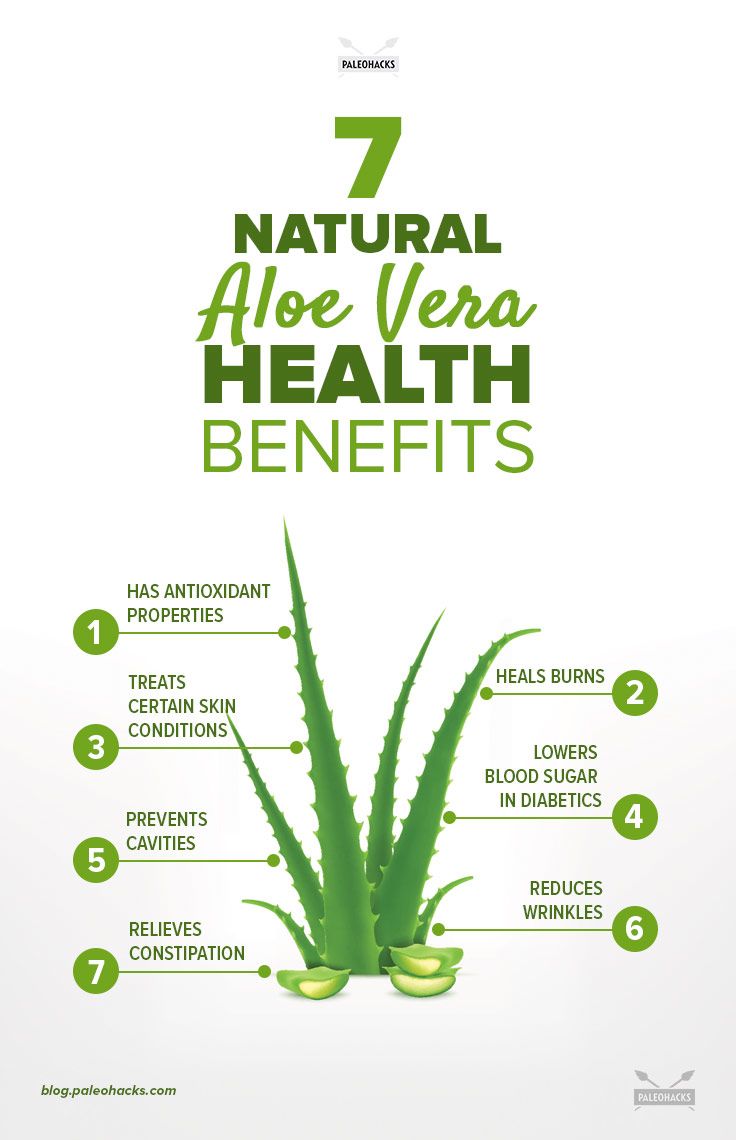
Do you drink Aloe vera juice, take supplements, or use it on your skin? If so, what effects have you noticed? Leave a comment below and share your experience!
(Read This Next: Aloe Vera Ice Cubes for Soothing Sunburn Relief)


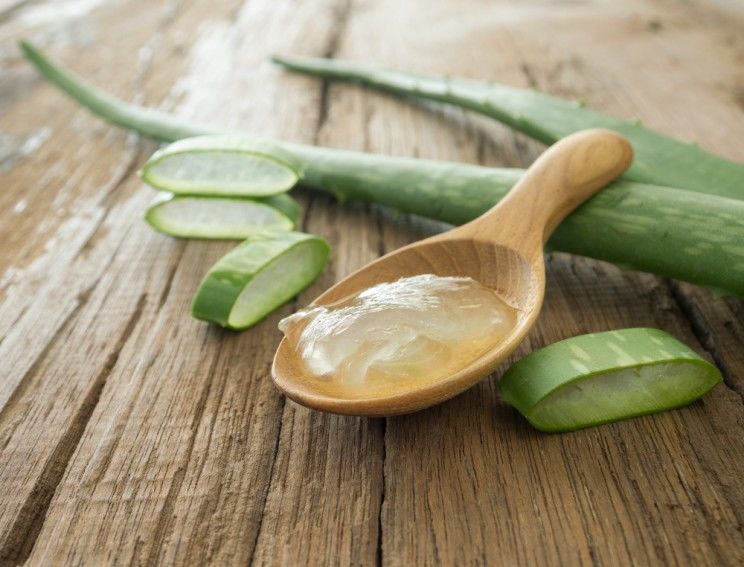
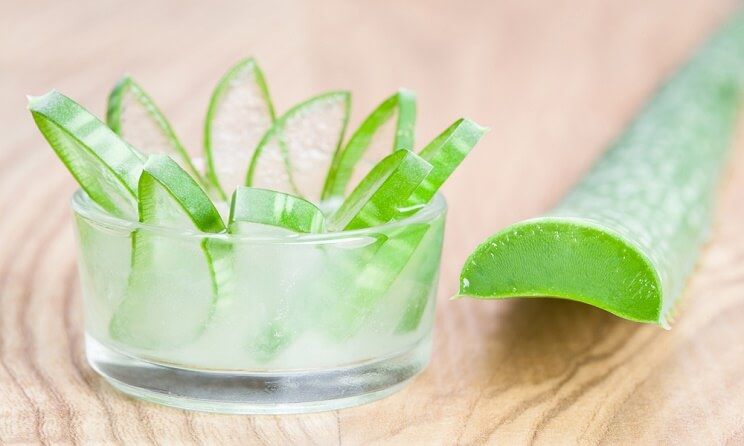

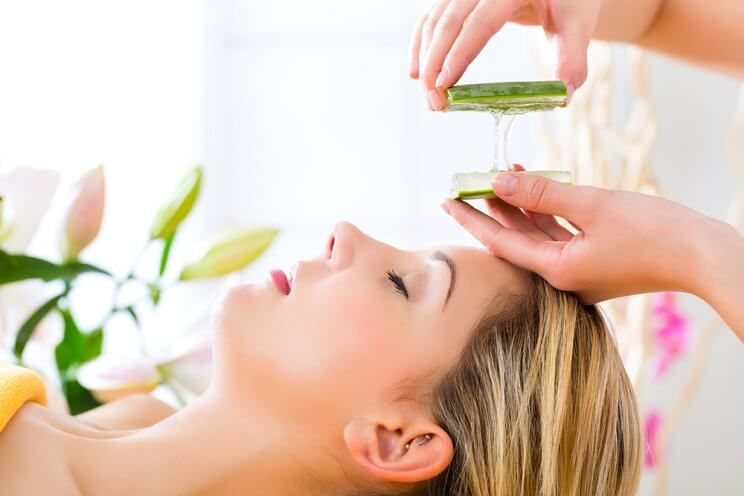
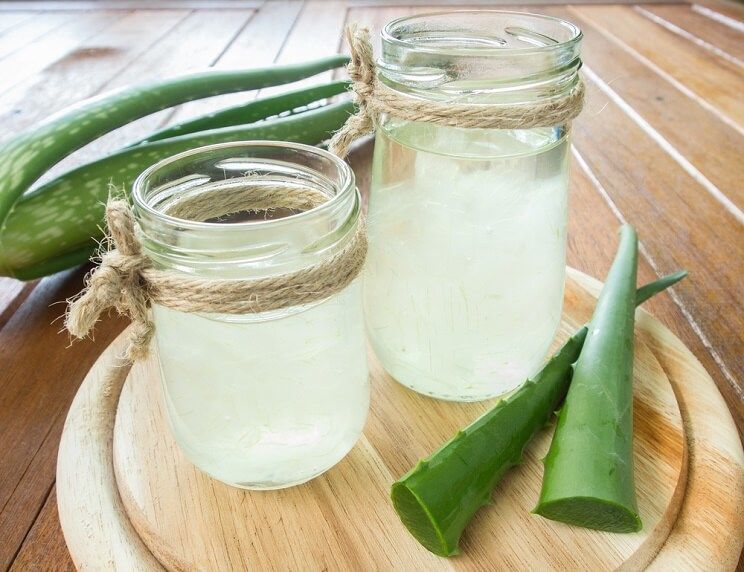
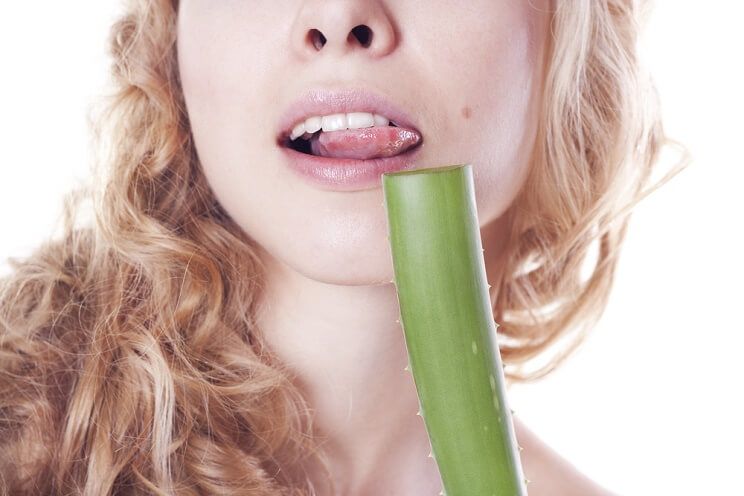
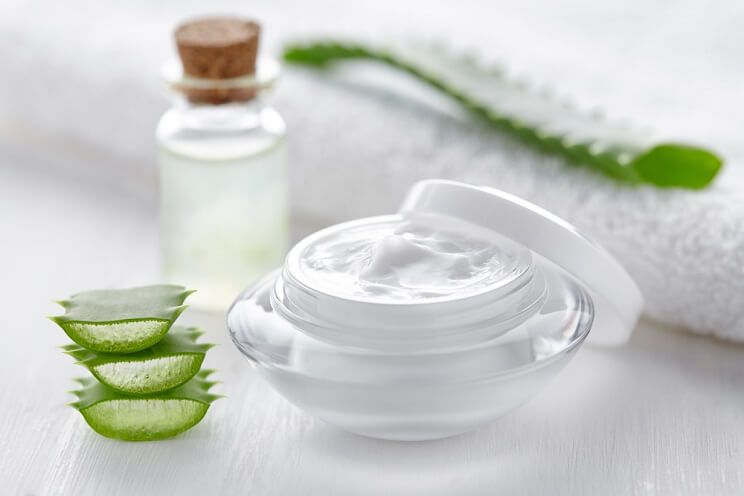
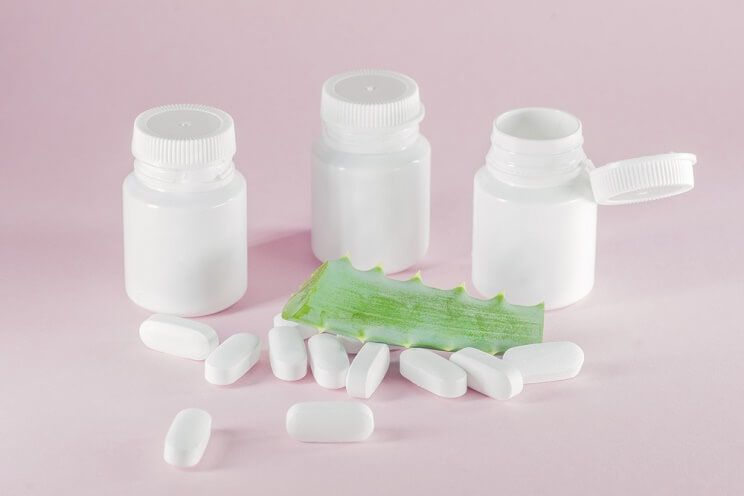
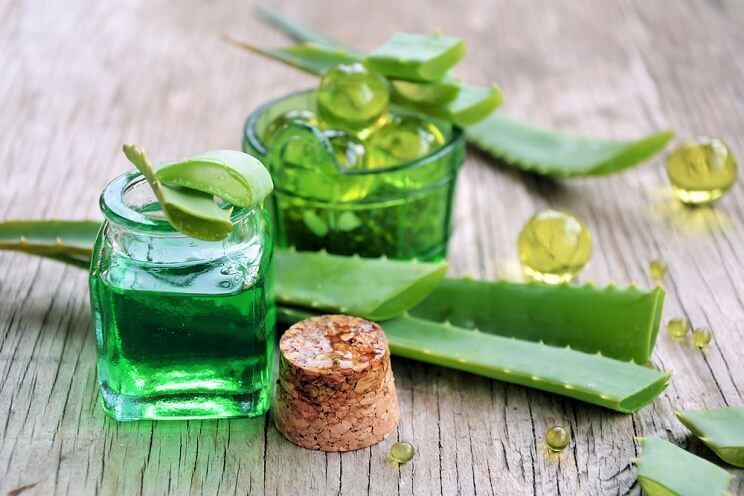
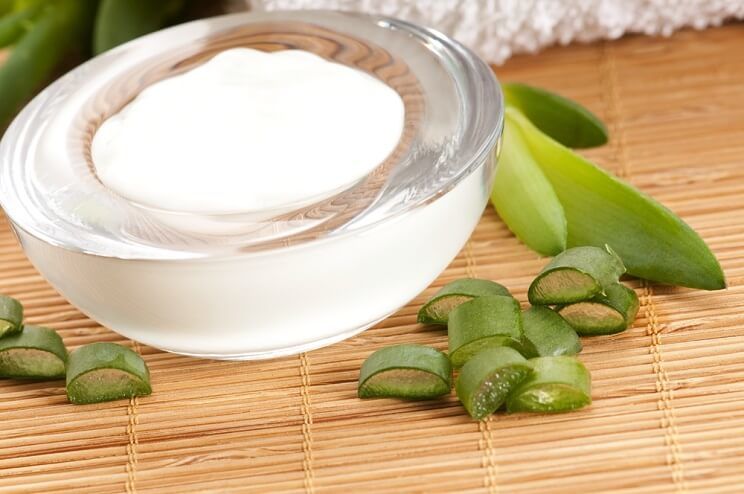
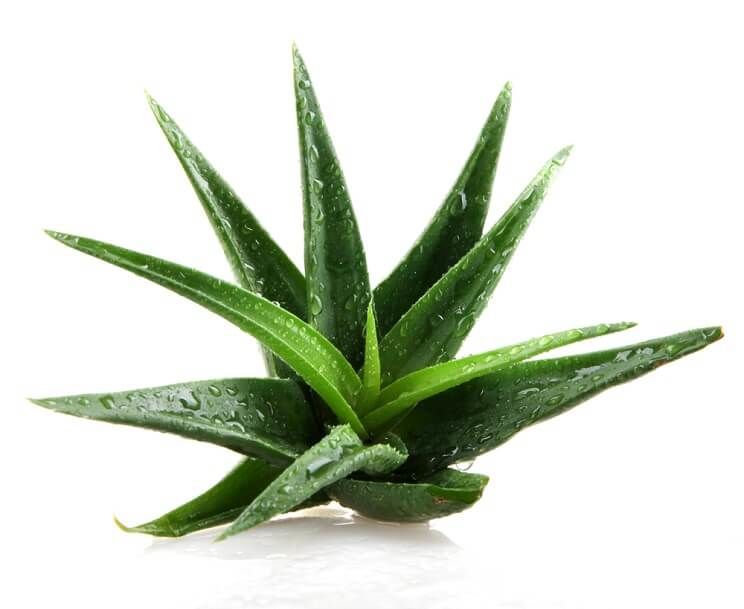
 Raising Chickens, Eating Weeds
Raising Chickens, Eating Weeds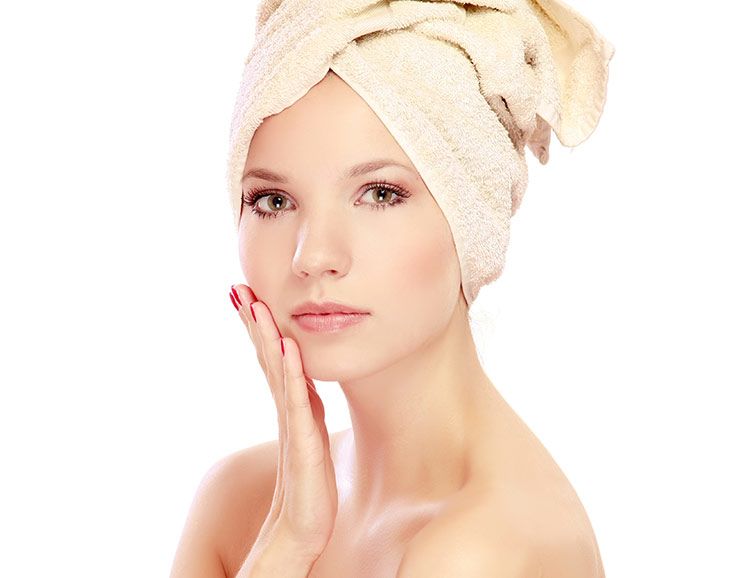
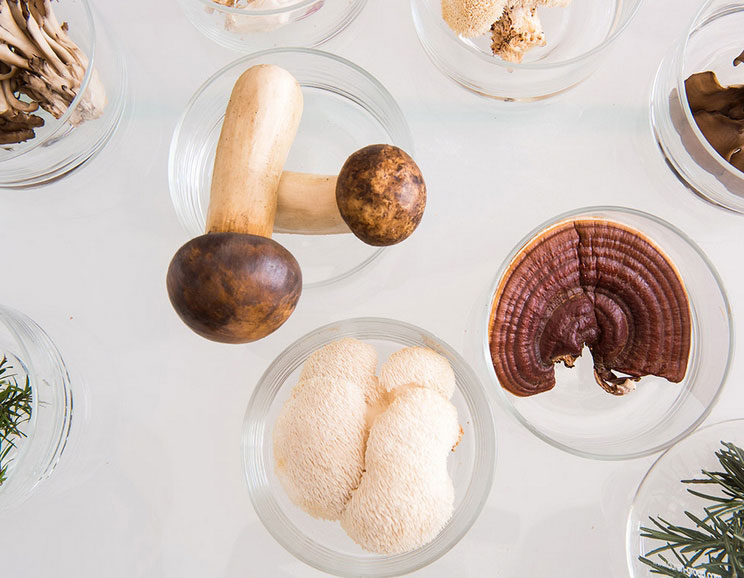
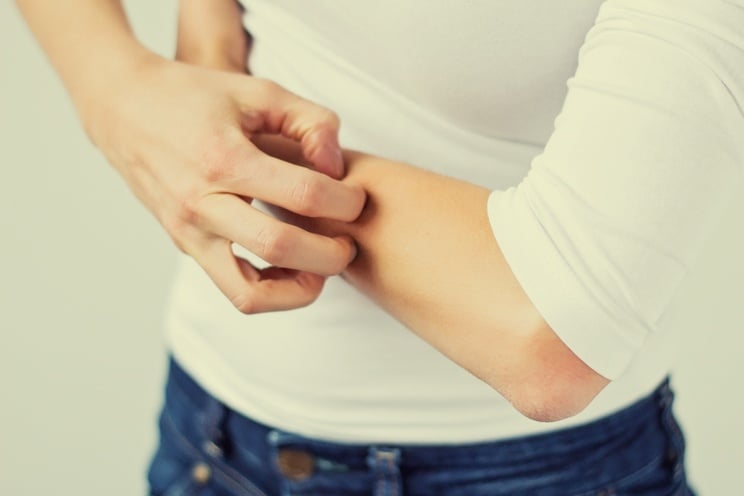
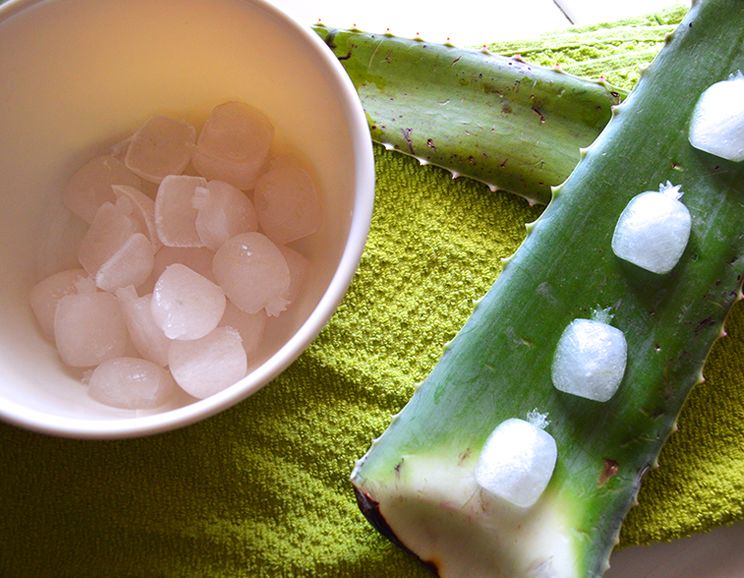
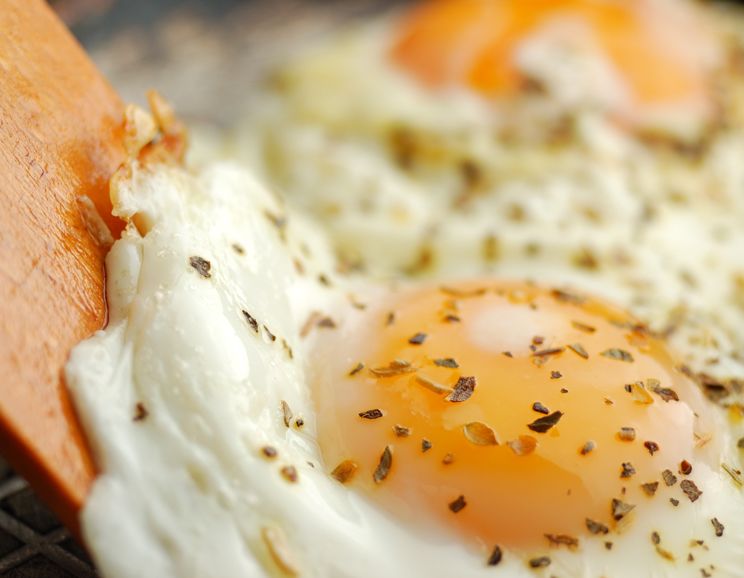

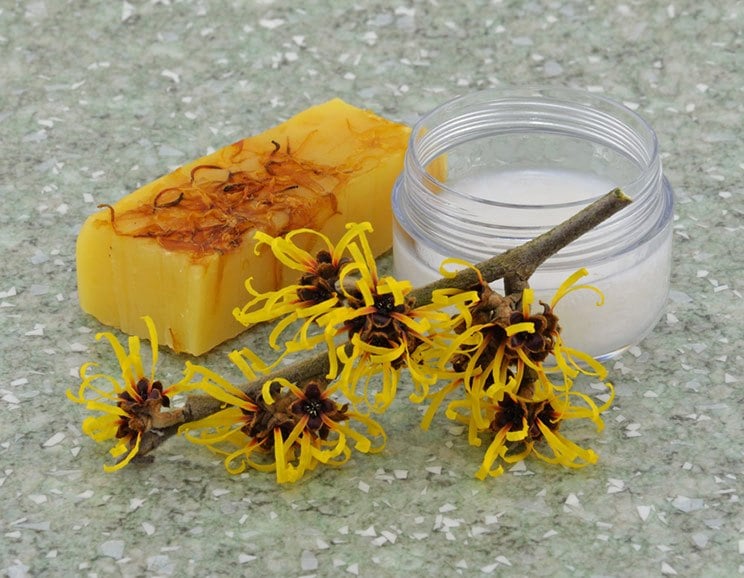
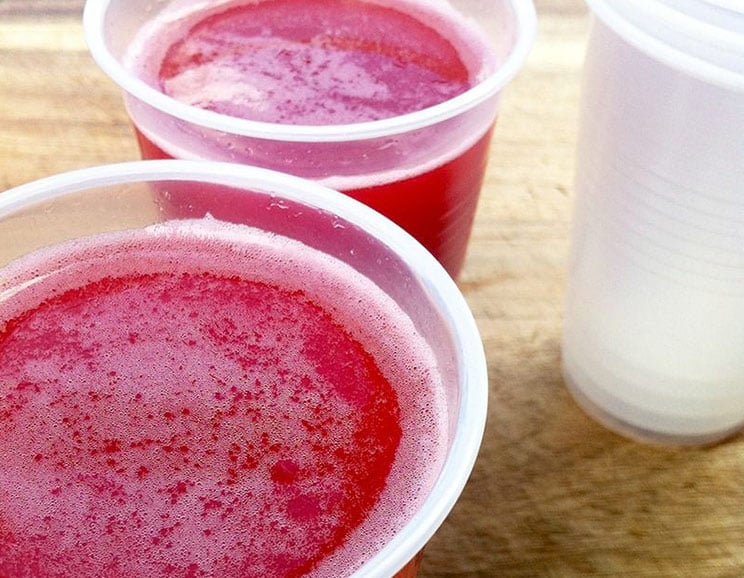
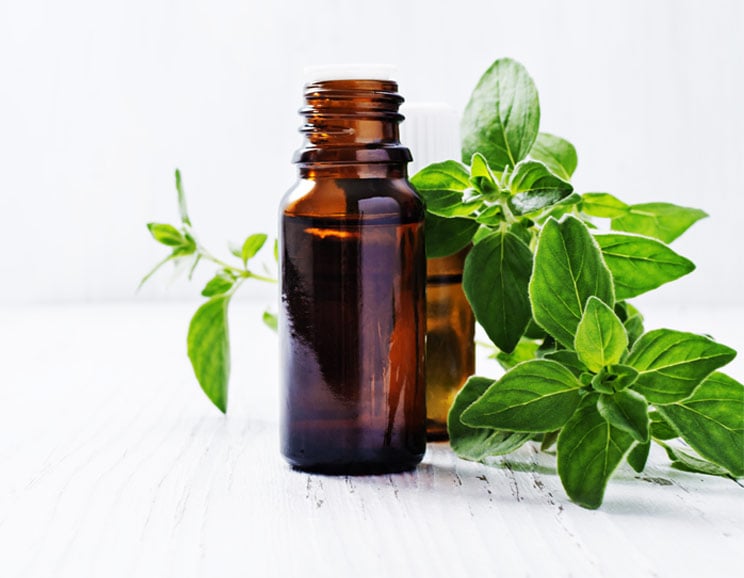
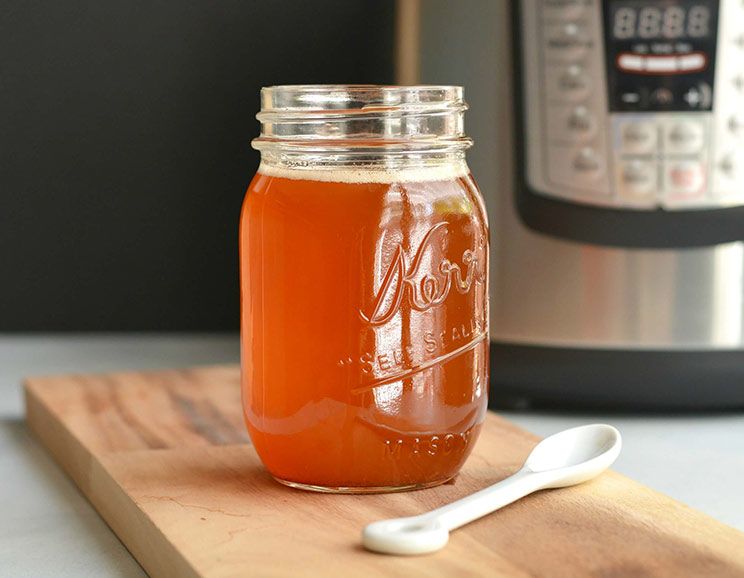
Show Comments